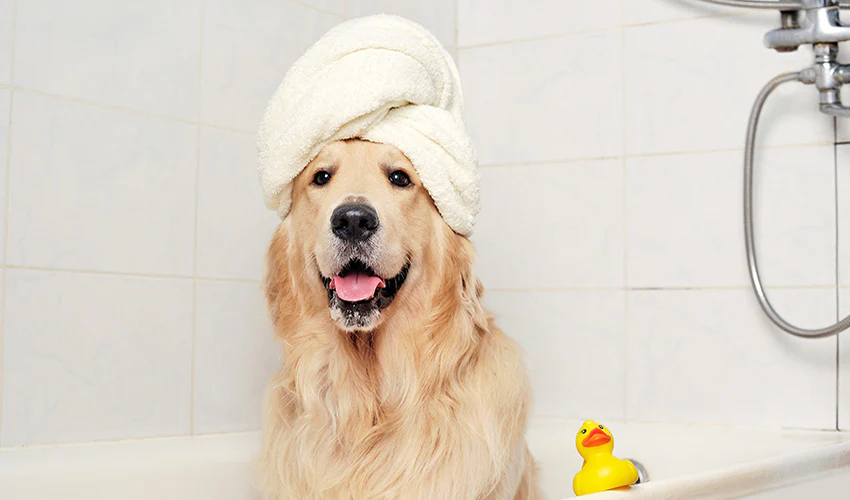Pet Proofing Your New Home – Top 5 Tips

Do you have a new pet coming home? Congratulations! Having a pet is one of the most rewarding experiences for any family. But before you bring your furry (or scaly) new family member home, there are some important steps to take to ensure that both you and your pet have a positive experience from the very beginning.
This article aims to provide all the information you need to prepare your household for a new pet, starting from purchasing your pet from a local store like how I got my very first pet from a place that sells puppies in Queensland, and help you make the transition from their old home to yours as smooth as possible.
Step 1: Pet-Proof Your Home
The first step in preparing for a new pet is to pet-proof your home. This means taking the time to make sure that any dangerous items or hazardous areas are removed or made inaccessible. Make sure that all toxins and medications are placed out of reach, electrical cords are taped down, small objects like coins and paper clips are put away, and houseplants are non-toxic.

Remove any fragile items that could be easily broken by an enthusiastic pup or curious kitten. Additionally, inspect your home for potential hazards like open gates or loose fencing that could allow your pet to escape. This is especially crucial if you have a pet that is prone to escape attempts, such as some dog breeds and birds.
Step 2: Gather Supplies Beforehand
Once you’ve taken care of the basics in terms of safety, it’s time to start thinking about supplies that will make life with your new pet easier. Make sure you have food and water dishes, an appropriate size litter box (for cats), bedding, toys, grooming supplies (depending on species), and a collar with identification tags ready before they arrive at their forever home.
If possible, try finding out what type of food they were eating in their previous home so you can continue offering them the same brand initially; this will help reduce digestive upset associated with switching diets abruptly. Also consider investing in items like crates or playpens if appropriate – these can be great tools for establishing good habits right away while also providing safe spaces for them when necessary.
Step 3: Prepare Family Members
It’s important that everyone in the household understands how to properly interact with the new pet so that there aren’t any issues down the line. Talk to children about proper handling techniques and be sure they understand why it’s important not to pull tails or ears too hard!
Make sure everyone knows who will be responsible for feeding times and potty breaks, as well as tasks like grooming and general maintenance, so that everything runs smoothly once the pet arrives at home. If you’re bringing home a pet for your kids, they will need to learn how to properly feed and care for their new pet.
Step 4: Create Routines Early On
Establishing routines early on is key when it comes to helping pets adjust to their new environment quickly and easily. Set regular feeding times so they know when meals will be available; this can help reduce begging behaviour later on in their lives.
When it comes to potty training (or litter box training for cats), establish designated areas where they should go each time; offer plenty of praise after every successful outing.
Similarly, create set times each day for playtime – this not only helps keep them entertained but also provides opportunities for bonding with humans in the household, as well.
Step 5: Provide Plenty Of Positive Reinforcement
As mentioned above, positive reinforcement plays an important role in helping pets adjust quickly to their new homes, and should be used throughout their entire life. Whenever they do something right – whether it’s using the bathroom outside or being gentle during playtime– provide lots of verbal praise or treats as rewards; this reinforces good behaviour while also building trust between the two of you.
It’s also important to remember not to use punishment when teaching them boundaries. Instead, focus on redirecting negative behaviours into more positive activities like playing with their favourite toy rather than chewing on furniture legs.
Final Words
Bringing a new pet into your household is an exciting experience, but one that requires plenty of preparation beforehand. By following these simple steps, you can help ensure that both you and your newest family member have a safe and enjoyable experience. The better their lives in the early stages of the relationship, the more likely they will turn out to be well-adjusted and gentle pets when they grow up.




